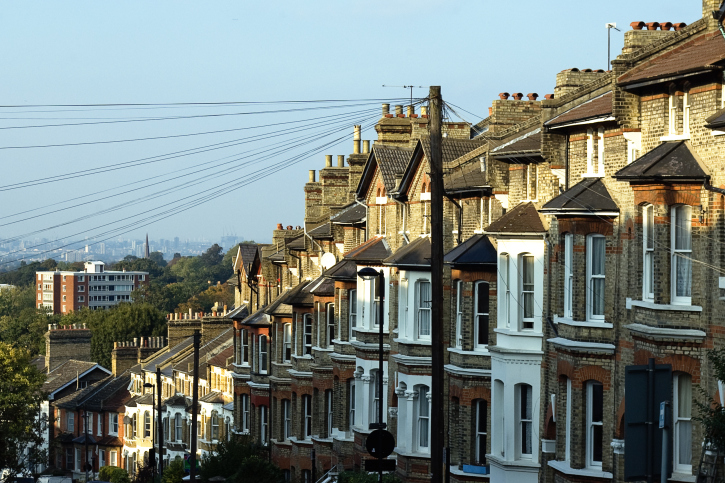
It adds that quarterly price inflation has “slowed quickly”, specifically, from over 2% in the first half of this year to 0.3% over the last three months – “an annualised growth rate of just 1.4%”. Zoopla expects this to turn negative by mid-2023.
The report also says that buyer demand is down 50% on the year before while new sales agreed dropped by 28%.
On top of this, the margin between a property’s asking price and the discount being accepted is at an average of 4% – in early October, this stood at zero.
In 2023, Zoopla believes that urban areas will see stronger price performance than elsewhere as workers return to cities. Flats, too, will likely become a focus on value for money, and so generate strong interest from prospective buyers, it says. To back this up is the fact that the average house price is now 2.1 times higher than the average flat price – the biggest such gap in 20 years.
Zoopla executive director Richard Donnell says: “We expect buyers to return to the market in the new year, but they will be far more cautious and price sensitive.
“Serious sellers need to be realistic on price and get the advice of an agent on how to market their home. While mortgage rates will start 2023 lower, the impact on pricing will be felt more in the higher value markets of southern England than the more affordable markets elsewhere.”
And Hargreaves Lansdown senior pensions and retirement analyst Helen Morrissey comments: “The sense of nervousness is palpable as we head into the New Year as people wait for signs of house price falls before making their move. In one bright spot among the gloom, Zoopla expects falls of around 5% next year – this is in line with recent data from Nationwide and more optimistic than some other predictions.
“Affordability will be key – though rural and coastal areas are seeing demand fall, there is demand for more affordable urban areas such as Milton Keynes, Bradford and Coventry as people become increasingly office-based again so they will likely to be more resilient to price falls.
“Longer term, potential price falls of between 5% and 8% in London, coupled with wage increases and lower mortgage rates, could slowly improve affordability and help more people bridge the gap and get on the housing ladder which could help fuel something of a rebound.”



